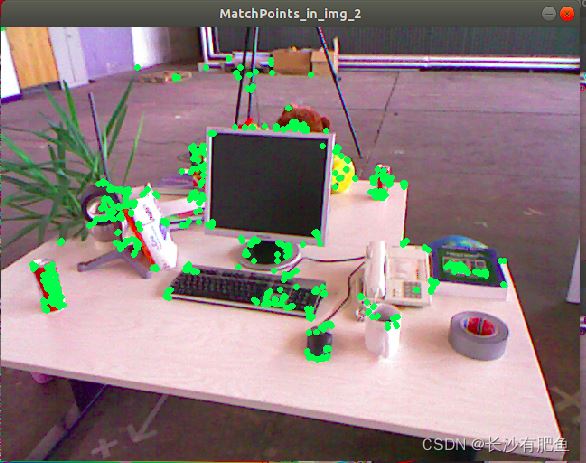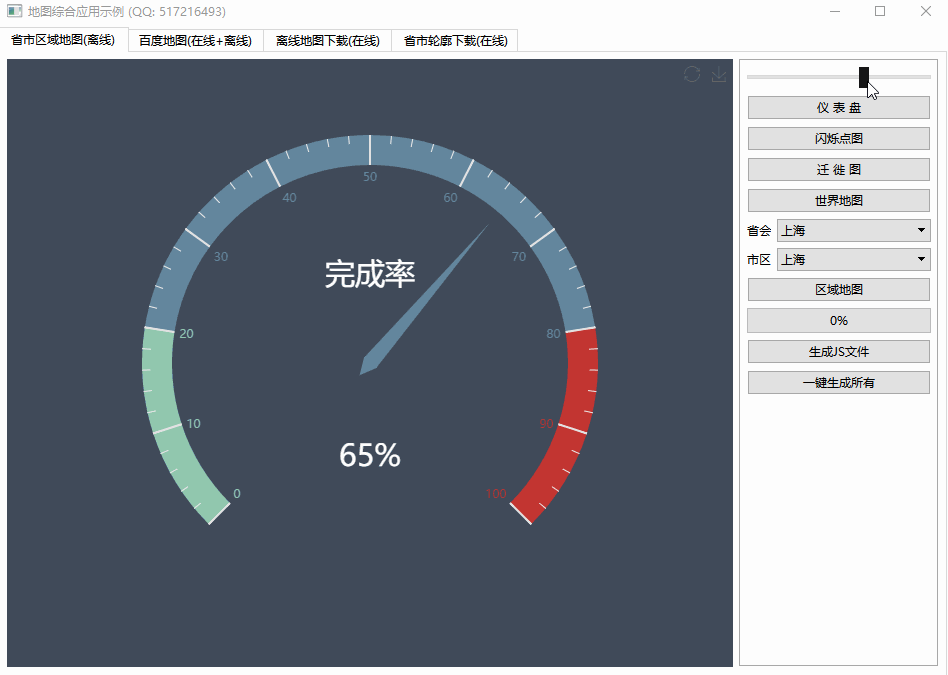How to tame the Windows headers (useful defines)?(如何驯服 Windows 标头(有用的定义)?)
问题描述
在这个问题的答案之一中jalf 谈到了有用的定义 NOMINMAX,它可以防止不需要的定义 min/max 宏.是否有其他有用的定义可以帮助控制 windows.h(或其他 Windows 标头,例如 Microsoft C 运行时标头或 STL 实现)行为?
In one of the answers to this question jalf spoke about useful define NOMINMAX, that could prevent from unwanted defining min/max macros. Are there other useful defines that can help to control windows.h (or other Windows headers, for instance Microsoft C Runtime headers or STL implementation) behavior?
推荐答案
最常用的可能是 WIN32_LEAN_AND_MEAN - 它禁用 API 中很少使用的部分.您可以在 MSDN 的 使用 Windows 标头.
The most commonly used is probably WIN32_LEAN_AND_MEAN - it disables rarely used parts of the API. You can find more on MSDN's Using the Windows Headers.
我记错了 MSDN 列出了这些定义,所以这里是 windows.h 中的列表:
I remembered wrong about MSDN listing those defines, so here's list from windows.h:
/* If defined, the following flags inhibit definition
* of the indicated items.
*
* NOGDICAPMASKS - CC_*, LC_*, PC_*, CP_*, TC_*, RC_
* NOVIRTUALKEYCODES - VK_*
* NOWINMESSAGES - WM_*, EM_*, LB_*, CB_*
* NOWINSTYLES - WS_*, CS_*, ES_*, LBS_*, SBS_*, CBS_*
* NOSYSMETRICS - SM_*
* NOMENUS - MF_*
* NOICONS - IDI_*
* NOKEYSTATES - MK_*
* NOSYSCOMMANDS - SC_*
* NORASTEROPS - Binary and Tertiary raster ops
* NOSHOWWINDOW - SW_*
* OEMRESOURCE - OEM Resource values
* NOATOM - Atom Manager routines
* NOCLIPBOARD - Clipboard routines
* NOCOLOR - Screen colors
* NOCTLMGR - Control and Dialog routines
* NODRAWTEXT - DrawText() and DT_*
* NOGDI - All GDI defines and routines
* NOKERNEL - All KERNEL defines and routines
* NOUSER - All USER defines and routines
* NONLS - All NLS defines and routines
* NOMB - MB_* and MessageBox()
* NOMEMMGR - GMEM_*, LMEM_*, GHND, LHND, associated routines
* NOMETAFILE - typedef METAFILEPICT
* NOMINMAX - Macros min(a,b) and max(a,b)
* NOMSG - typedef MSG and associated routines
* NOOPENFILE - OpenFile(), OemToAnsi, AnsiToOem, and OF_*
* NOSCROLL - SB_* and scrolling routines
* NOSERVICE - All Service Controller routines, SERVICE_ equates, etc.
* NOSOUND - Sound driver routines
* NOTEXTMETRIC - typedef TEXTMETRIC and associated routines
* NOWH - SetWindowsHook and WH_*
* NOWINOFFSETS - GWL_*, GCL_*, associated routines
* NOCOMM - COMM driver routines
* NOKANJI - Kanji support stuff.
* NOHELP - Help engine interface.
* NOPROFILER - Profiler interface.
* NODEFERWINDOWPOS - DeferWindowPos routines
* NOMCX - Modem Configuration Extensions
*/
这篇关于如何驯服 Windows 标头(有用的定义)?的文章就介绍到这了,希望我们推荐的答案对大家有所帮助,也希望大家多多支持编程学习网!
本文标题为:如何驯服 Windows 标头(有用的定义)?


- 一起使用 MPI 和 OpenCV 时出现分段错误 2022-01-01
- STL 中有 dereference_iterator 吗? 2022-01-01
- 使用/clr 时出现 LNK2022 错误 2022-01-01
- 静态初始化顺序失败 2022-01-01
- C++ 协变模板 2021-01-01
- Stroustrup 的 Simple_window.h 2022-01-01
- 与 int by int 相比,为什么执行 float by float 矩阵乘法更快? 2021-01-01
- 如何对自定义类的向量使用std::find()? 2022-11-07
- 从python回调到c++的选项 2022-11-16
- 近似搜索的工作原理 2021-01-01









